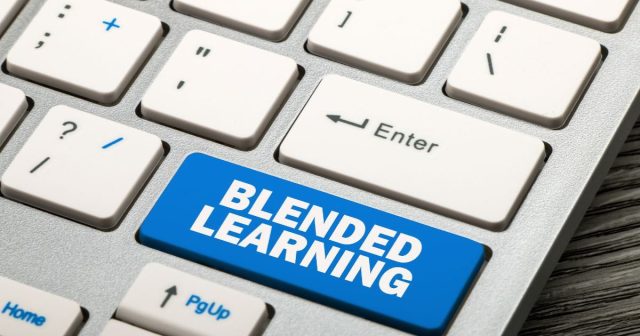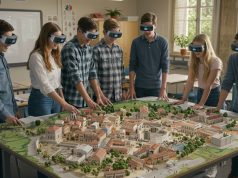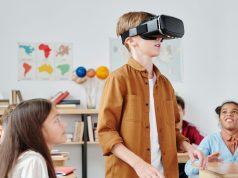In an era where digital transformation intersects with traditional pedagogy, blended learning has emerged as a game-changer. By combining the best of online and face-to-face instruction, educators can create flexible, student-centered environments that drive engagement and achievement. This comprehensive guide will explore proven models, effective tools, implementation strategies, and practical tips to help you launch or refine a blended learning program in your school or district.
What Is Blended Learning?
Blended learning refers to instructional approaches that integrate online educational materials and opportunities for interaction online with traditional classroom methods. Unlike fully online or purely in-person courses, a blended environment leverages technology to deliver content, assess understanding, and personalize learning pathways while preserving the vital human connection of a classroom teacher.
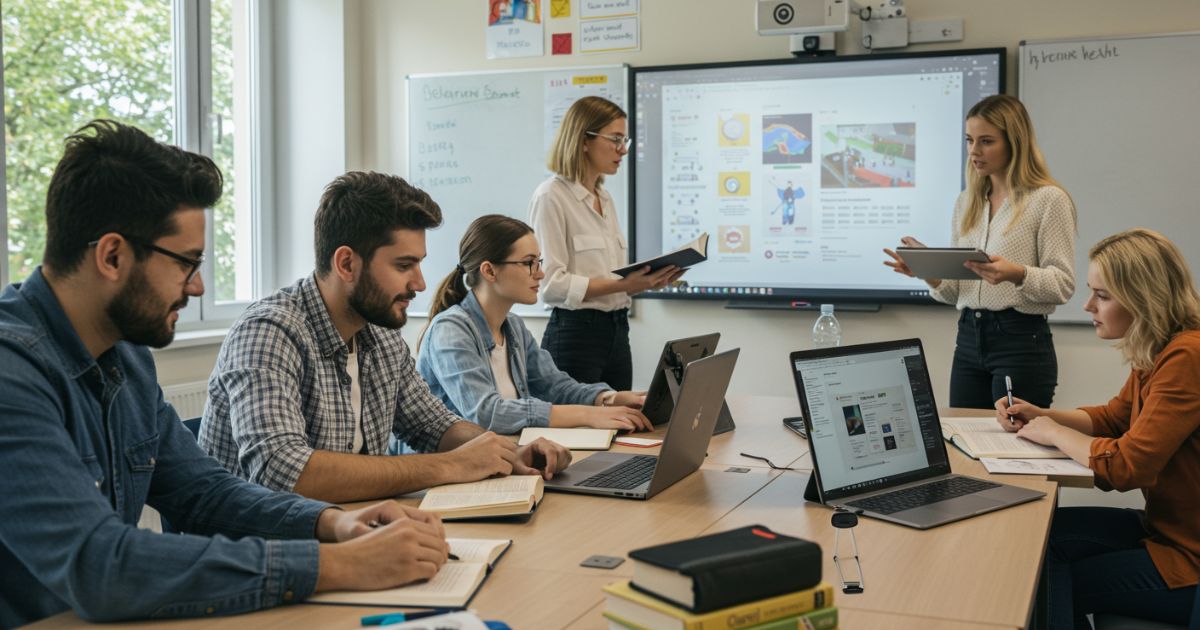
Key Benefits of Blended Learning
Implementing a blended model can unlock multiple advantages:
- Personalization: Adaptive learning platforms tailor practice exercises, readings, and assessments to individual needs, allowing students to progress at their own pace.
- Flexibility: Learners can access materials anytime, from anywhere—ideal for remediation, enrichment, or accommodating diverse schedules.
- Engagement: Multimedia resources (videos, simulations, interactive quizzes) cater to different learning styles and keep students motivated.
- Data-Driven Insights: Real-time analytics help teachers identify gaps, monitor progress, and intervene before students fall behind.
- Resource Optimization: Technology streamlines routine tasks (grading, attendance), freeing teachers to plan higher-impact activities.
Popular Blended Learning Models
Several frameworks have proven effective across K-12 and higher education settings. Choose the one that aligns best with your instructional goals and infrastructure:
- Rotation Model: Students rotate between online learning stations and traditional small-group or whole-group instruction. Variants include station rotation, lab rotation, and the flipped classroom.
- Flex Model: Digital content is the backbone of instruction. On-site teachers provide support as needed while students move fluidly between online and offline learning tasks.
- A La Carte Model: Learners enroll in one or more courses entirely online, supplementing their face-to-face classes at school.
- Enriched Virtual Model: Primary instruction occurs online, but students visit campus for required face-to-face sessions, labs, or social activities.
Getting Started: Infrastructure and Tools
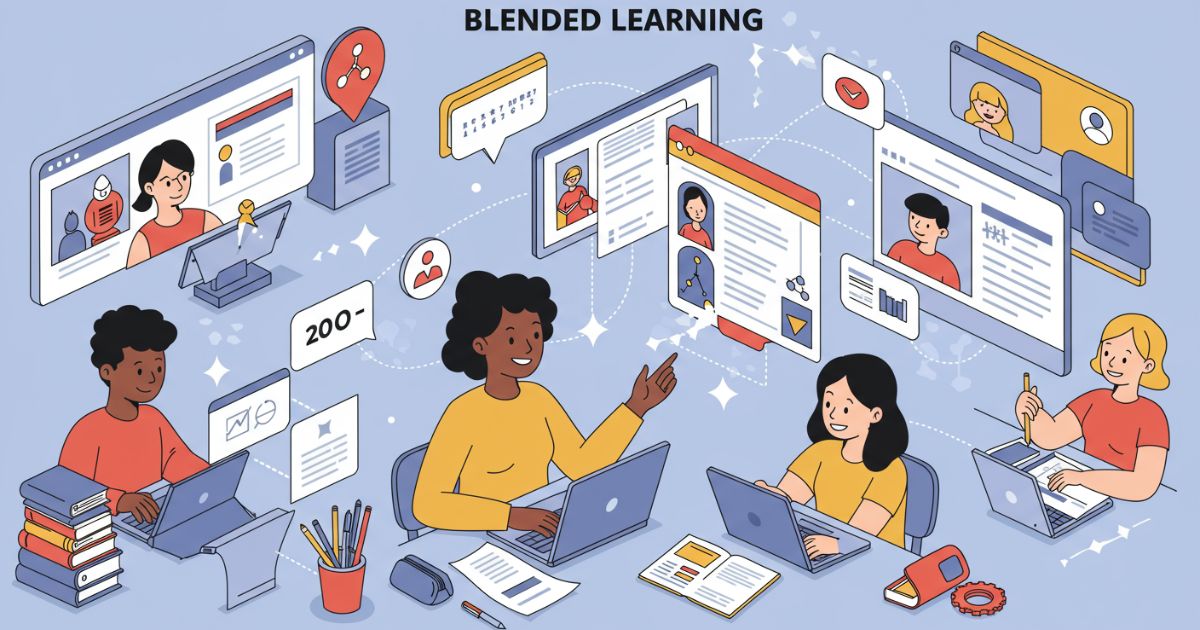
Before launching a blended initiative, evaluate your current technology ecosystem and plan for scalable growth:
- Learning Management System (LMS): Platforms like Canvas, Google Classroom, or Moodle centralize course materials, assignments, and communication.
- Content Libraries: Curate or subscribe to high-quality open educational resources (OER), video lectures, and interactive modules.
- Assessment Tools: Use formative assessment solutions (Kahoot!, Quizizz, Socrative) to gauge understanding in real time.
- Device Management: Ensure equitable access to devices or adopt a bring-your-own-device (BYOD) policy with robust security and support.
- Professional Development: Train teachers on blended best practices, classroom management in hybrid settings, and data analysis techniques.
Designing Your Blended Lesson
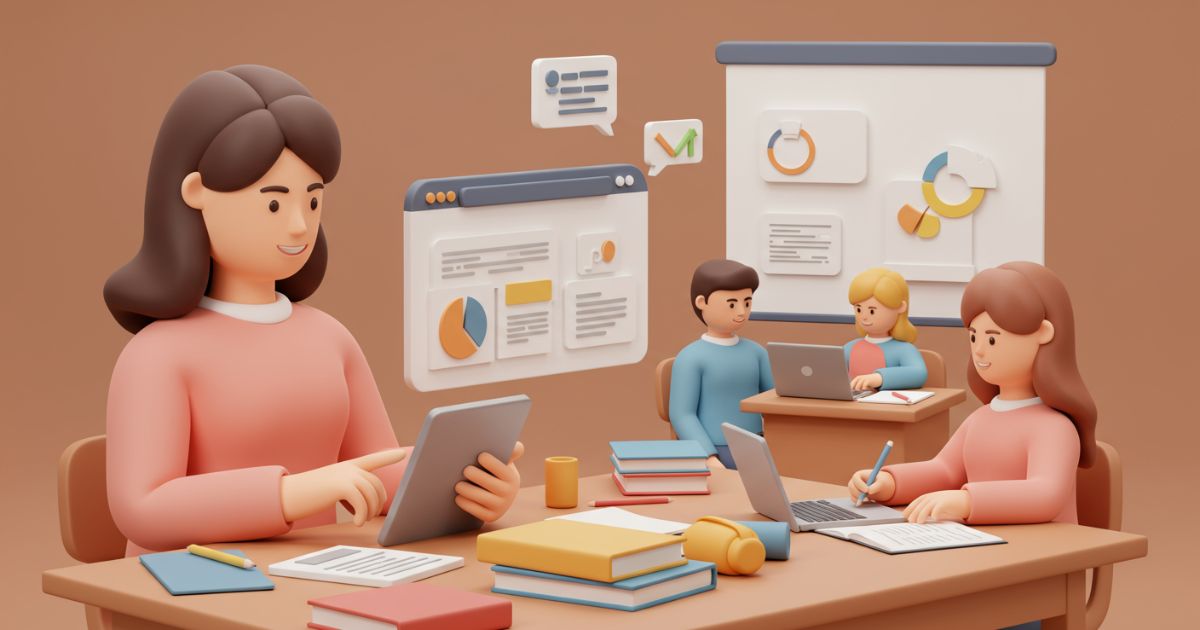
An effective blended lesson balances online and offline activities, promoting active learning at every step. Follow these design principles:
- Set Clear Objectives: Define what students should know, do, and value by the end of the module. Align digital tasks and face-to-face activities to these outcomes.
- Sequence for Engagement: Begin with a brief face-to-face discussion or challenge, transition to online exploration or practice, and reconvene to synthesize learnings.
- Promote Collaboration: Incorporate group projects or peer review, both online (discussion boards, shared docs) and offline (classroom workshops).
- Embed Formative Checks: Utilize quick quizzes, polls, or exit tickets to monitor progress and adjust instruction in real-time.
- Provide Support Structures: Offer tutorials, FAQ pages, office-hour chat rooms, or peer mentoring for students needing extra guidance.
Overcoming Common Challenges
While the benefits of blended learning are significant, implementation can face roadblocks. Anticipate and address these issues:
- Digital Divide: Provide device loan programs, hotspot cards, or scheduled lab time to ensure all learners have access.
- Teacher Buy-In: Involve educators early in planning, showcase success stories, and offer ongoing support to build confidence.
- Time Management: Assist students and teachers in establishing routines for balancing online modules with in-class commitments.
- Data Overload: Establish clear metrics (completion rates, mastery levels) and dashboards that highlight actionable insights.
- Maintaining Engagement: Rotate activities, introduce gamified elements, and celebrate milestones to maintain high momentum.
Real-World Success Stories
Across the globe, schools and universities have reaped the rewards of blended learning. For example:
- Urban Elementary School: Adopted a station rotation model in reading workshops, which boosted differentiated instruction and improved literacy rates by 20% within one year.
- Community College: Implemented a flipped classroom for STEM courses; student pass rates increased from 65% to 82%, and lab time became more inquiry-driven.
- International Baccalaureate Program: Integrated online simulations and virtual labs, enabling global collaboration and higher-order thinking skill development.
Measuring Impact and Scaling Up
To ensure long-term success, establish a continuous improvement cycle:
- Collect Data: Track engagement metrics, assessment results, and qualitative feedback from students and teachers.
- Analyze Outcomes: Identify patterns—areas where learners excel or struggle—and correlate them with instructional approaches.
- Iterate: Refine content, adjust pacing, and introduce new tools based on data insights.
- Share Best Practices: Host peer-led workshops, publish case studies, and build a community of practice to spread effective strategies.
The Future of Blended Learning
As emerging technologies, such as AI-driven learning, immersive VR field trips, and advanced learning analytics, mature, blended learning will become even more personalized and scalable. Schools that embrace continuous innovation will empower students to become self-directed learners, ready for the demands of the 21st-century workforce.
Conclusion
Blended learning is not just a buzzword—it’s a transformative approach that, when thoughtfully implemented, elevates teaching and learning to new heights. By integrating augmented reality in education with online resources, flipped classrooms, and collaborative activities, educators can create vibrant, inclusive environments where every student thrives. Choosing the right hybrid models, digital tools, and flexible lesson plans enables teachers to balance in-person instruction with online learning effectively. Start small, iterate often, and watch as your blended classroom becomes a catalyst for deeper engagement, richer collaboration, personalized learning, and lasting academic success.

